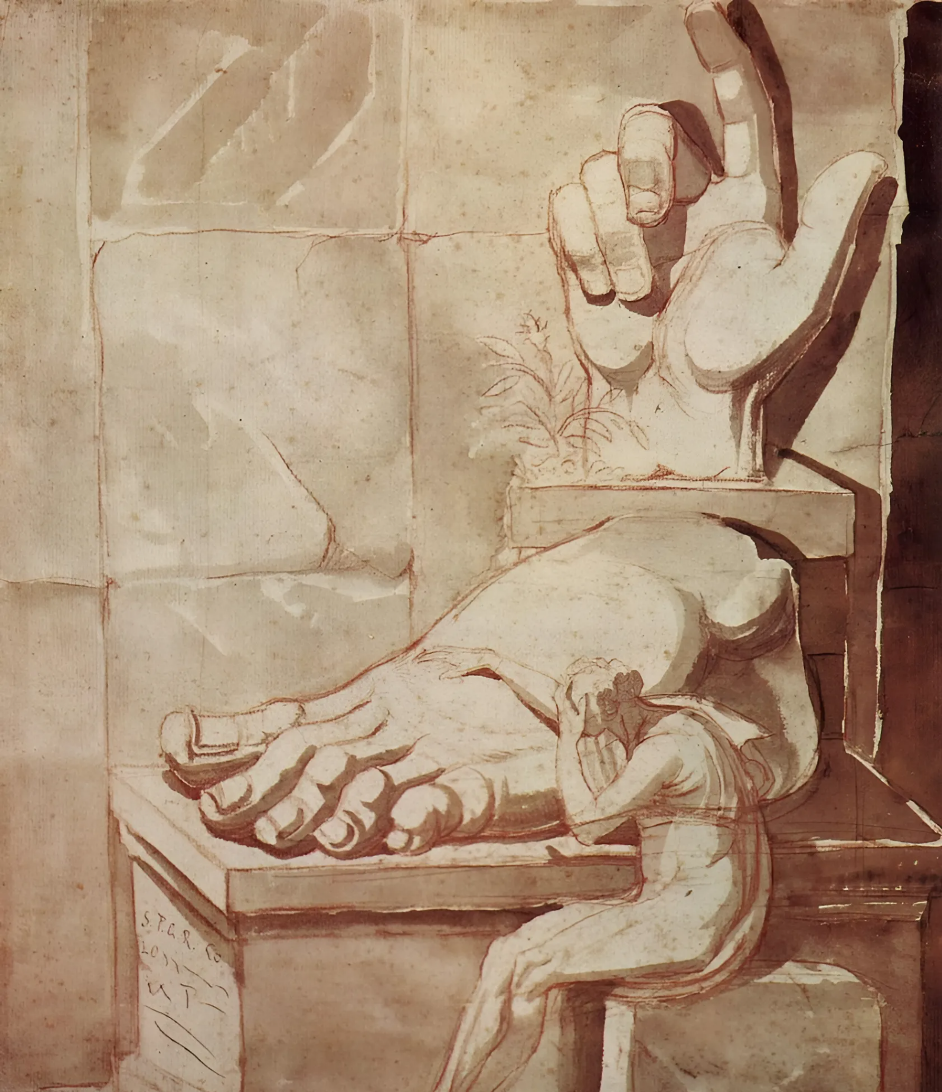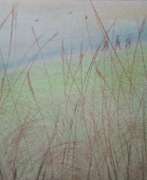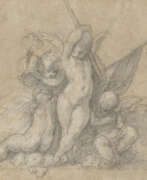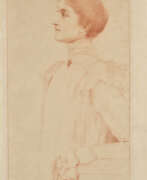Sanguine

Sanguine
Sanguine is a drawing technique that utilizes a reddish-brown chalk or pigment. This technique, originating in the Renaissance, is renowned for its rich, warm tones and ability to create soft, lifelike textures. The term "sanguine" itself is derived from the Latin word "sanguis," meaning blood, reflecting the medium's distinct color.
Artists such as Leonardo da Vinci and Michelangelo prominently used the sanguine technique, especially for sketches and preparatory studies. The medium's softness allowed for smooth shading and subtle gradations, making it ideal for capturing the nuances of human anatomy and expression. One of the most famous examples of sanguine drawings is Leonardo da Vinci's studies of the human body, which highlight the medium's capability for fine detail and realistic rendering.
Sanguine drawings are appreciated not only for their historical significance but also for their unique aesthetic qualities. The warm tones provide a distinct contrast to the more commonly used black and white sketches, adding a vibrancy and depth to the artwork. Collectors and art enthusiasts prize sanguine works, often showcased in major museums and galleries worldwide.
For those interested in acquiring or learning more about sanguine art, signing up for updates on new product sales and auction events is highly recommended. Stay informed about the latest additions and opportunities by subscribing to our notifications.
| Country: | Europe |
|---|---|
| Start of the period: | XIV century |















